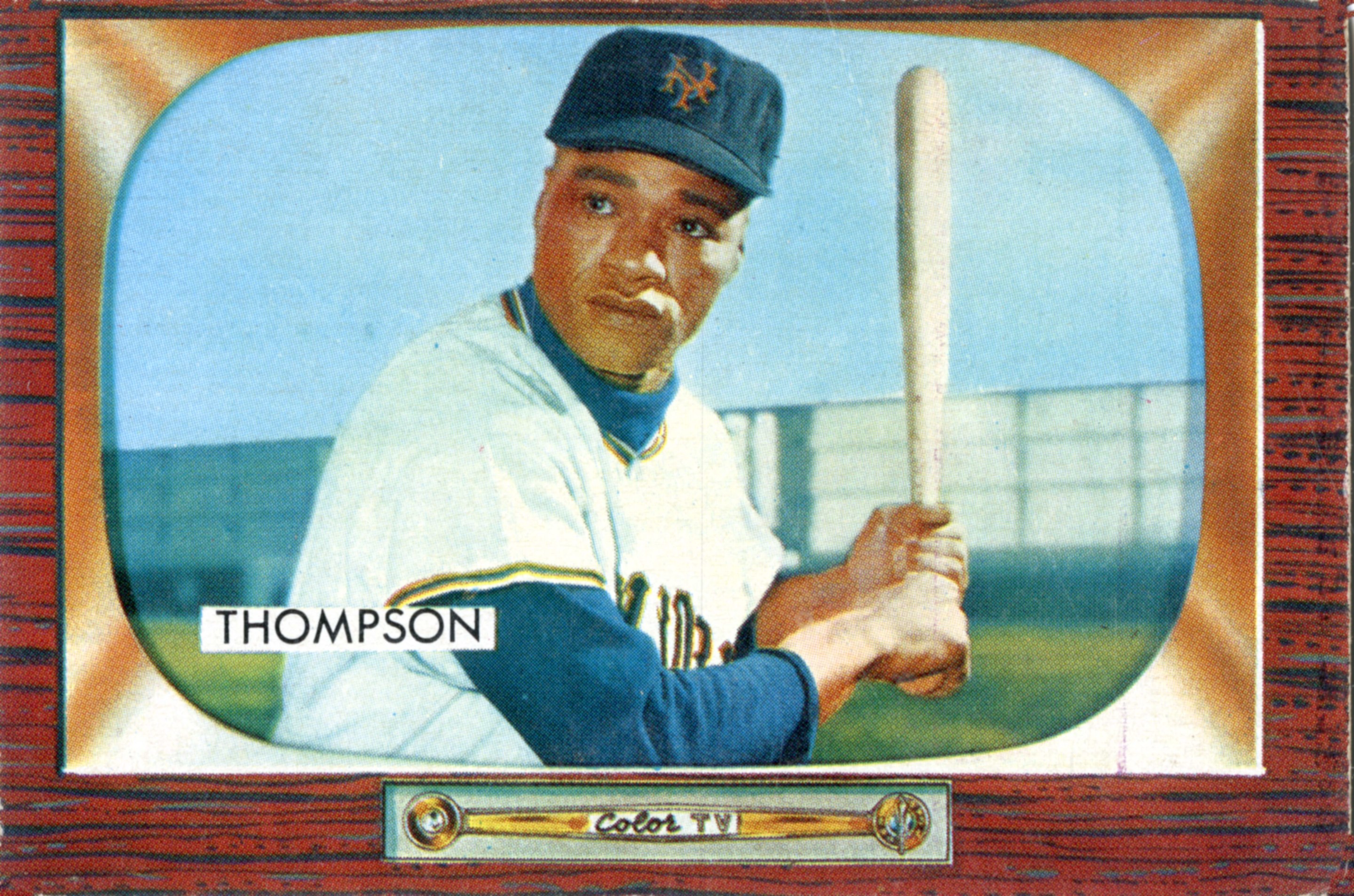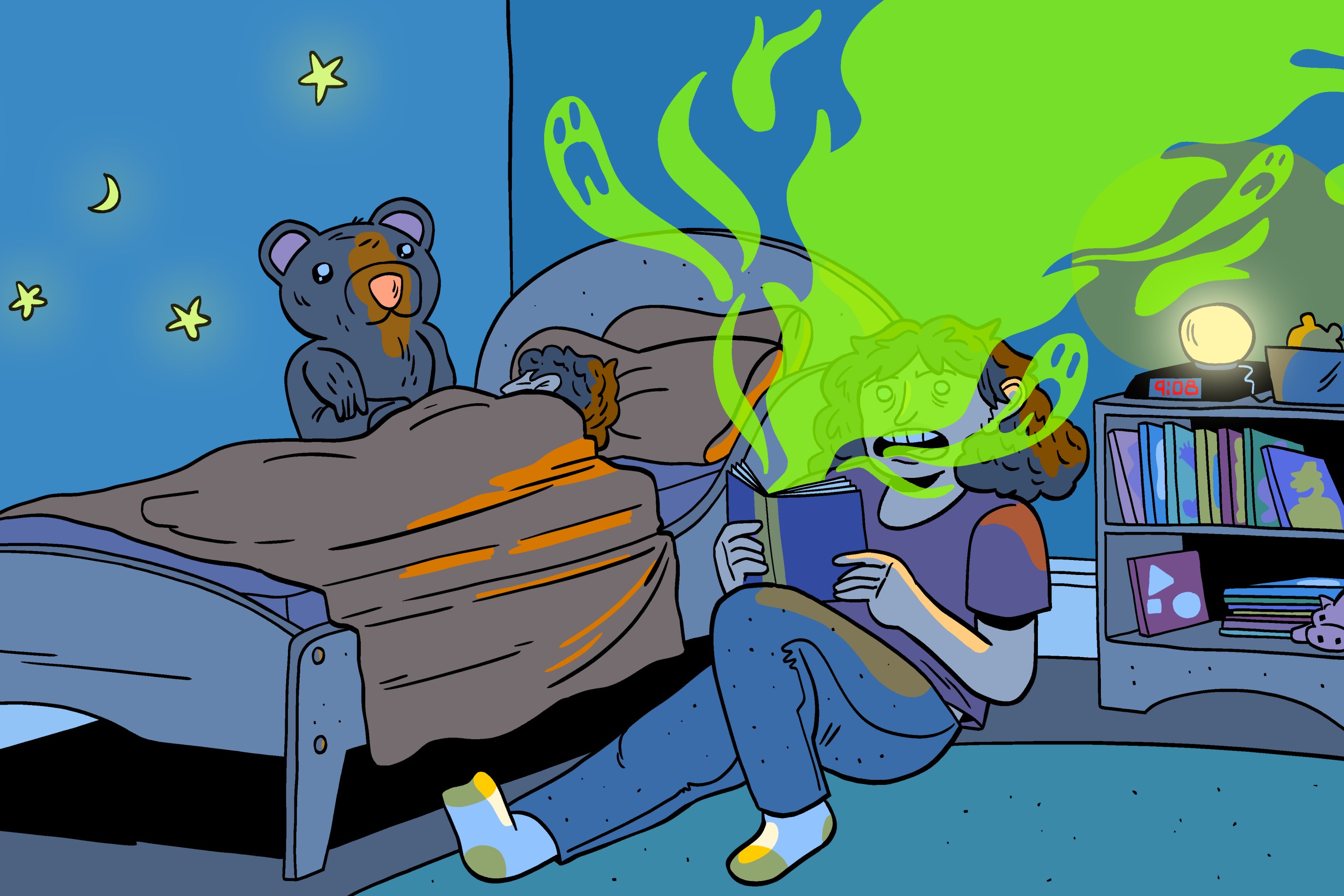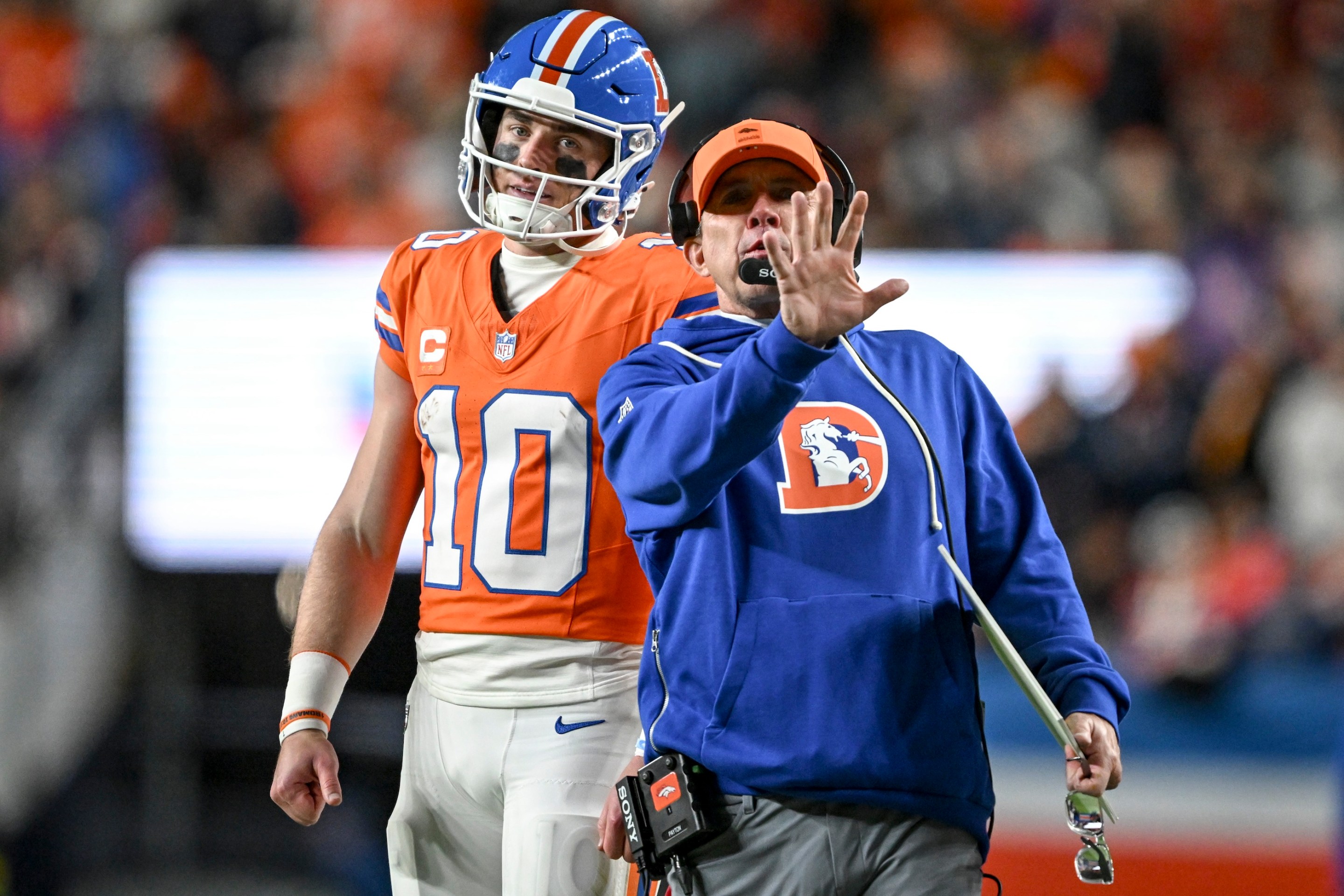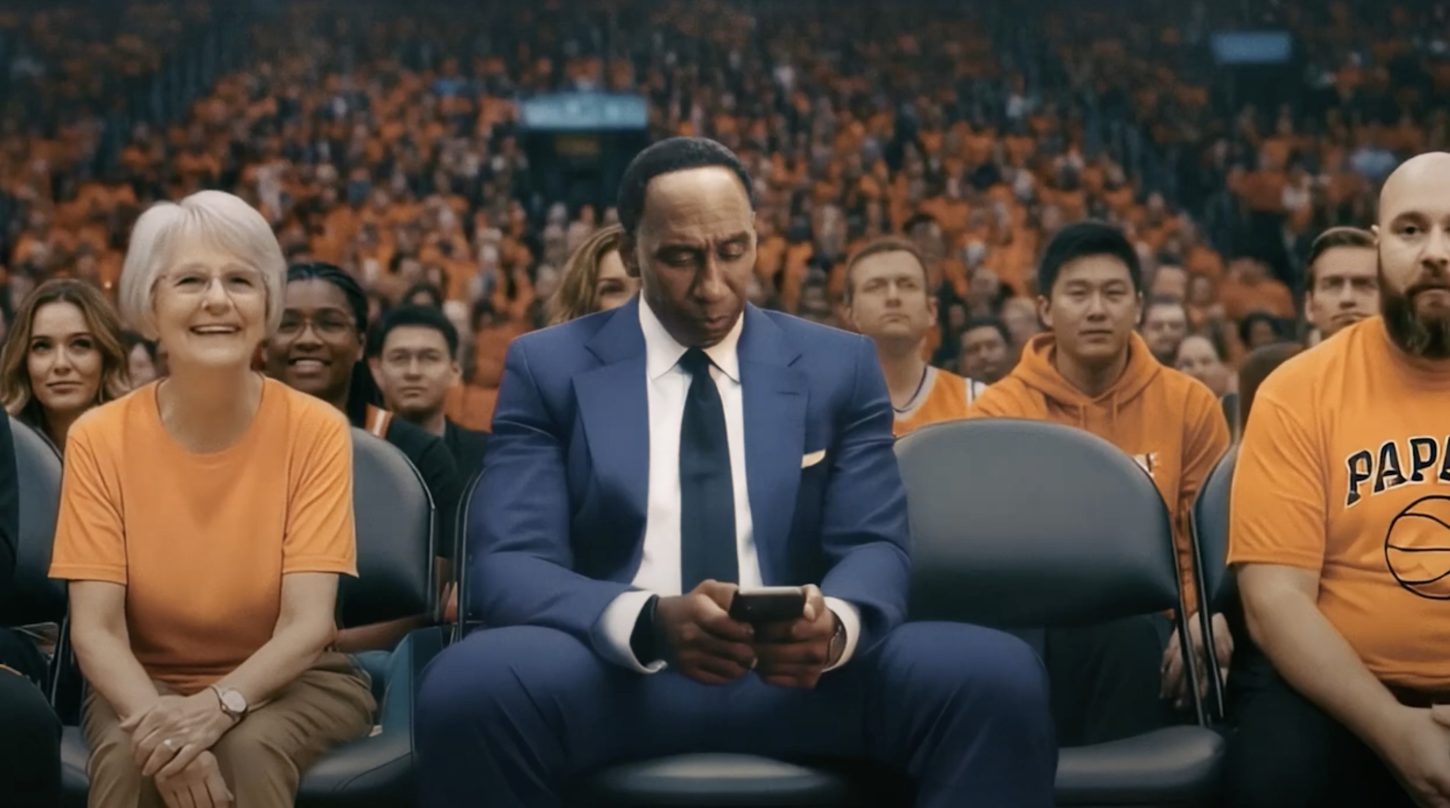Baseball tends to present the first men to crack the sport’s shameful racial barrier through a gauzy lens, their caps topped with a halo. There is the sanctified Jackie Robinson, and his Brooklyn teammates Don Newcombe and Roy Campanella; there’s Larry Doby, the first black player in the American League, and the many others who weren’t Hall of Famers. These were three-dimensional people who in many cases lived wild and eventful American lives, but the monstrous vastness of the bigotry they pierced has, in retrospect, flattened their specific individual foibles and idiosyncrasies, and their poor qualities, too.
Among that elite group of barrier-breaking pioneers, one was such a complex mixture of talent and trouble that his life defies any kind of tidy categorization. As a result, he’s almost completely forgotten today, although he was the third African-American to play in the bigs. The halo doesn’t quite fit Hank Thompson. He was a talented and pioneering ballplayer, but where Jackie Robinson turned the other cheek, Thompson carried a gun.
Thompson was born in the dying days of 1925 in Muskogee, Okla., and moved with his family across the Red River to Dallas as an infant. His father Ollie was an itinerant railway worker, a “man who liked his whiskey,” in Hank’s memory. It was a trait he would pass along to his son. Ollie and his wife Iona divorced when Hank was about six years old.
Street baseball, not school, occupied most of young Hank’s days, which led to a truancy charge that landed Hank in reform school. There, he played on his first organized baseball team, which made the harsh discipline he faced at that school worthwhile. Upon release Hank was forced to live for a year with his father, who, as Hank recalled in Sport magazine many years later, “whip[ped] me with his belt across my bare buttocks.”
Thompson was gifted enough as a ballplayer to escape the hand he’d been dealt, at least professionally. He first caught on with a Dallas semi-pro team at age 15, and in 1943, at age 17, joined the Kansas City Monarchs, the fabled Negro League club of Satchel Paige, Buck O’Neil, Willard Brown, and, in 1945, Jackie Robinson.
At 5-foot-8, 170 pounds, Thompson was a wiry teenager among grown men who had seen some things. Thompson kept pace, though, both on the field and in the bar. “I hadn’t graduated to hard liquor,” he told Sport, “but I found you could get a good buzz on from five or six beers.”
He hit .315 in 40 games with the Monarchs in 1943 and seemed poised for a better season in 1944. Instead, he joined “another institution where you were supposed to obey the rules”—the U.S. Army. There as elsewhere, Thompson tended to stretch those rules. He went AWOL to attend the funeral of his baby nephew, and was sent to the stockade after a drunken brawl in Little Rock during training. It was during his time in the Army that he finally discovered the allure of whiskey. “I’d go into town and buy rotgut, $7 a pint, $12 a fifth,” he recalled.
But when the time came for action, Hank was sober and ready to fight. Thompson deployed to Europe with the 1695th Combat Engineers shortly after D-Day. He was a machine-gunner, not a builder of bridges or roads. Hank may not have been a violent man, but he found the means to kill when called upon to do so. You can consider this foreshadowing.
During the Battle of the Bulge, Germany’s ferocious counter-attack along the western front in late 1944, Thompson held a position with his .30-caliber machine gun outside a Belgian village that the Wehrmacht had captured. There were some 3,000 German soldiers in the village, but Thompson and his fellow gunners kept them from breaking out. “For three days I had maybe six hours sleep, total,” Thompson later wrote, omitting how many men he may have killed in the firefight. At last, the Germans surrendered, and the Nazis' last great offensive stalled out.
“If there was a moment in my life I did something for society, that was it,” Thompson wrote. “But you can’t make three good days balance off the rest of a man’s life.”
Thompson got out of the service in the summer of 1946, and rejoined the Monarchs. Robinson had already signed a professional contract with Brooklyn by that point, and spent the 1946 season at Triple-A Montreal. Kansas City reached what turned out to be the last Negro League World Series against the Newark Eagles, who were led by stars like Doby and Monte Irvin. The Eagles edged the Monarchs in seven thrilling games.
As 1947 began and Jackie proved that he could play in “white folks’ ball,” the buzz grew that other black players would soon follow in his trail. Hank paid the scuttlebutt no mind, in part because he felt he was not physically imposing enough for The Show.
Yet one day in July, the Monarchs were eating breakfast in Madison, Wisc., when the traveling secretary approached him.
“Get your stuff ready, Hank."
“What for?”
“You’re going to the majors.”
“Sure,” he answered. “Just let me finish my breakfast.”
Thompson went back to his plate of eggs, but then Kansas City manager Frank Duncan came over, “with tears in his eyes,” Hank recalled. He and his teammate and fellow WWII veteran Willard Brown had been signed by the St. Louis Browns; the Browns had paid $5,000 apiece for their services.
Where Robinson had been signed by Branch Rickey over more promising Negro League talent in part due to his age and maturity, Thompson vaulted other stars because of his youthful potential. The Browns also prized his versatility: He could play anywhere but first base or catcher, and had shown as much in Negro League play. Ready or not, St. Louis would be a prime opportunity for Hank. The Browns, 28-50 and on their way to losing 95 games, needed upgrades at basically every position.
“No one can deny that we were badly in need of help,” admitted Browns GM Bill DeWitt to the Sporting News. “Naturally we believe these colored boys will help us at the gate, especially in our home city of St. Louis, yet we think of them only secondarily as a gate attraction. We are not hiring these men because they are Negroes, but because we hope they can put more power in a club which has been last in American League club batting most of the season.”
DeWitt was less than honest, there, and the “especially” was a bit rich, as the Browns' home field in St. Louis, Sportsman’s Park, had only just been desegregated. The Mound City was the southernmost MLB town and hardly evolved when it came to race relations; however apocryphal the story of the Cardinals mounting a wildcat strike instead of playing against Robinson might have been, the town and the era was what it was. It was a leap to think attendance would skyrocket in that context, let alone for that reason, but the Browns were desperate.
Just 12 days after Doby became the American League’s first black player, Hank Thompson became the second, and MLB’s third overall when Robinson was figured into the question. On July 17, 1947, Thompson started at second base for the Browns; he went 0-for-4 with an error in a sadly typical 16-2 trampling by the Philadelphia A’s. Hank got his first MLB hit the next night, in a 9-8 win over Boston.
Two days later, St. Louis sported the first-ever lineup with multiple African-American players, as Brown played right field in the opener of a doubleheader, going 1-for-4 in his debut. Thompson went 0-for-3 in the leadoff spot. He would also become the first black player in an official Major League game held at Yankee Stadium; on Aug. 9 of that year, he and Doby would be the first two black men to play against one another in the majors.
But Thompson and Brown could do little to improve their new team’s fortunes, and the constant losing prevented any kind of uptick at the gates. The whole thing was sketchy from the start—as Thompson explained it, the Browns’ usual trick was to play the Negro Leaguers in the first game of a series to boost excitement. Fans would return the next day only to find the usual cadre of white mediocrities in the St. Louis lineup.
Hank played just 27 games for St. Louis. Brown made it into 21, and his inside-the-park homer against Detroit in August was the first round-tripper hit by a black player in the AL. Brown used a borrowed bat from a St. Louis teammate named Phil Heath; Heath smashed the bat upon Brown’s return to the dugout rather than let him use it again. In fairness to Heath, it has been suggested by contemporaries that the act was performed out of superstition and not racism, and in fact Heath was one of the few players who treated the former Negro Leaguers who’d become his teammates with any decency.
In late August, the Browns released both Thompson and Brown, on the day before they were owed another $5,000. Both men rejoined the Monarchs, their big-league efforts amounting to little more than a PR stunt. “The Browns couldn’t beat the Monarchs no kind of way,” Brown would say in derision. He was bitter—at 28, he figured (correctly, as it would turn out) that his big-league chances had ended.
Thompson went to DeWitt for an explanation. He admitted that while he hadn’t been great, he was certainly better than some of the white guys who weren’t getting cut. “There are things I can’t discuss with you, Hank,” was DeWitt’s reply.
“That ended the conversation,” recalled Thompson. But it did not end his big-league career.
Thompson had hit .256 in 78 at-bats with the Browns, with just two extra-base hits. But he was still only 21, and retained a chance to return to the bigs, where the money was. That winter, Thompson made a sizable chunk of change barnstorming and playing ball in Cuba, where he also met his future wife, Maria Quesada.
The world was still wide open for Hank, then, far more so than it was to the great majority of black people of the era. But upon returning to Kansas City, Hank made a fateful decision—he bought a gun, a .32 automatic that he purchased on the street for $26. “Some older players were carrying guns and I always liked to do what the older guys did,” Thompson said in the Sport magazine story. “I carried it in my pocket. It made me feel like a man.”
This explains why Hank was armed when he went out drinking with his sister Margaret and her husband on the early spring night of April 4, 1948. He was back in Dallas, en route to San Antonio, where the Monarchs held spring training. After “half a beer,” he bumped into an old acquaintance from his youth baseball days, a black man with the highly ironic name of Jim Crow, whom everyone called “Buddy.” He was a “feisty drunk,” according to Hank. “I saw him cut another boy with a knife and the boy stood there holding his intestines in his hands.”
Like many guys from Hank's old neighborhood, Crow resented Hank’s success at the sport they both grew up playing, and especially resented the financial aspect of that success. “Hello, Mr. Moneyman,” Crow sneered to Hank. As a peace gesture, Hank bought him a beer, but moments later, Crow had overturned a nearby table and stormed toward Hank, knife in hand.
“I’m gonna get you,” Crow snarled.
Hank pulled his gun, yelled “Stop!” two or three times, and when Crow got within stabbing range, Thompson shot Buddy Crow three times in the chest.
Margaret got her brother out of there fast, not that police in mid-century Texas were worried much about responding swiftly to incidents of black-on-black crime. Hank figured Crow had not left him any choice, but remorse broke through anyway. “I could have turned and run, or I could have let him cut my throat,” he later wrote. “Either one would have been better.” When he was told the next morning that Crow was dead, Hank turned himself in to the police.
Thompson was fortunate to have killed Crow in the dying days of the frontier mentality. None other than Bill James once wrote in one of his books about true crime that well into the supposedly civilized 20th century, the law would excuse a man from murder if it seemed like a fair fight, and that sensibility held sway in this case. Thompson argued justifiable homicide, was released on a $5,000 bond, and went straight to San Antonio and the Monarchs, where he joined spring training as he had in years prior.
“I killed a man, and the next day I was playing ball like nothing had happened," he remembered years later. “No sweat.”
Like Don Draper, Hank moved forward, shocked by how much the killing never happened. He was sensational with the Monarchs in 1948, and sure enough, the white baseball executives came calling again. Thompson was signed, along with teammate Ford Smith and Newark star Monte Irvin, by the New York Giants. That winter, the club’s lawyers got the homicide rap dismissed entirely. Hank had officially gotten away with murder.
In American sports, if you can play, nothing else really matters. This was true even for a black man in 1949, although it helped very much that Thompson was as good as he was. And in 1949, he was very good indeed, peppering the ball at Triple-A Jersey City, the Giants’ top farm club, for a couple of months before being called up on July 8. In so doing, he became the first black player in franchise history, and the first to suit up for two Major League teams. Thompson started at second base in a game at Ebbets Field against Robinson’s Dodgers. Brooklyn won, 4-3. Thompson walked and scored a run in four at-bats. When he led off to begin the game, he stepped in against Don Newcombe; it marked the first time a black pitcher faced a black hitter in the Majors.
Over the next several seasons, Thompson played outfield and third base for New York, and hit around 20 homers and knocked in 75 runs while hitting .280. He and the better-known Bobby Thomson formed the “Tom-Tom Club” that helped keep the Giants in regular contention during their final years in Harlem. Hank played in two World Series with New York; he struggled in the 1951 Series as part of the first all-black outfield, along with Irvin and a rookie named Willie Mays. Hank and Willie struggled in the loss to the Yankees, though Irvin walloped the ball. Charles Einstein's book Willie's Time describes a bit of doggerel that was passed around the press box during that series by an anonymous sportswriter.
Willie Mays is in a daze
And Thompson’s lost his vigor
But Irvin whacks for all the blacks
It’s great to be a n-r.
Thompson was the unofficial MVP of the upset win over Cleveland in 1954, hitting .364 and breaking the Series record by drawing seven walks. His World Series on-base percentage was .611. At no point was his past mentioned in the press.
Thompson went on to play nearly 1,000 Major League games, hit 129 homers and post a career OPS of .825, numbers that likely would have been even more impressive had his life been less chaotic. But Thompson was a ceaseless carouser, womanizer, and drinker, and later acknowledged the toll that took on his performance. “When the game was over,” he said, “I’d go straight to the bar and have two or three drinks to get the game out of my system…I’d go home and drink a fifth of Scotch, or maybe two fifths. In one night.”
Giants manager Leo Durocher, no stranger to the sauce, worked overtime to try and save the first black New York Giant from himself, but the moral weight of killing Crow, plus the years of abuse and alcoholism, eventually sent Hank into a dark place. He could bear up under the racial abuse he took from opponents and enemy crowds, but the demons he carried after 1949 were persistent. As he put it later, “I’d rather Buddy Crow cut my throat than I killed him.”
Thompson was also getting older and losing his quickness; his bat slowed down, and his pop fizzled. The Giants sent him down to the minors in 1957, and eventually determined that Hank wasn’t worth bringing along to San Francisco. At 31, he was finished as a big leaguer.
Hank had made a damn fine living from baseball, especially for a black man in that era, and augmented his big-league salary through winters spent barnstorming and playing winter ball. But the dough disappeared fast, pissed away on booze and high living. Even his nicer gestures backfired: Hank bought Maria’s family a house in Cuba for $17,000. She left him the following year.
His next few years were a tragicomic descent. Hank was arrested for stealing a car that his friend had lent him and forgot about. He took a job bartending, but stole from the till and was fired. He beat on his new girlfriend and spent 30 days in jail. Somewhere during this period circling the drain, Thompson hocked his 1954 World Series ring for $250. That went to the bottom of a whiskey glass.
The Giants were gone from New York, and soon so too was Hank. He wound up back down in Texas. On a blazing hot Houston Saturday in July of 1963, he walked into a liquor store. “I had a gun with me,” he said. “I always had a gun.” The clerk turned to get him a fifth of Scotch, and when he turned back Hank’s pistol was in his hand. He walked out with the bottle and $270. A few hours later, he was arrested.
Thompson’s experience with the legal system was a lot different this time around. The police threatened him with a life sentence, given his lengthy rap sheet. Hank didn’t crack, and finally pleaded down to 10 years in the state pen in Huntsville, Texas.
Thompson wore a tattered T-shirt and jeans to the courtroom. According to the New York Times, Judge John Barron told Hank, “You still have a lot of friends. Go up there to prison and do well and things will still come out all right. You will still be a champion."
Some things indeed changed for Thompson behind bars. He joined Alcoholics Anonymous and got sober, and worked with younger inmates, using the example of his own life as a warning. When they bragged about the high-roller days they just knew were coming, he told them it was all an empty dream, one he had lived for a while. And look at him now: locked up with them.
“I hope to God they listen,” he wrote while in Huntsville. “I hope to God I listen.”
Thompson got out early for good behavior, and aimed for a life of redemption. He moved to Fresno, married a local woman, and took a job with the Parks and Recreation Department, dedicating himself to teaching baseball to disadvantaged youth. “He was dedicated and helped quite a few boys who could have gone wrong,” said the director, Blair Russell.
In 1969, just when he seemed to have made it through to the other side, Hank Thompson died of what the Sporting News reported as a heart attack. He was 43.
In a Sport article published in December 1965, written from prison that ran under the headline “How I Wrecked My Life, and How I Hope To Save It,” Hank closed with his hard-won rules for living, a la Satchel Paige. They lacked Satch’s homespun punch, being mostly common sense practicalities about saving money and staying away from booze, two things Hank most certainly did not do. But one poignant homily does stand out: “Baseball is the cleanest sport we have,” he wrote. “So treat it decent.”







